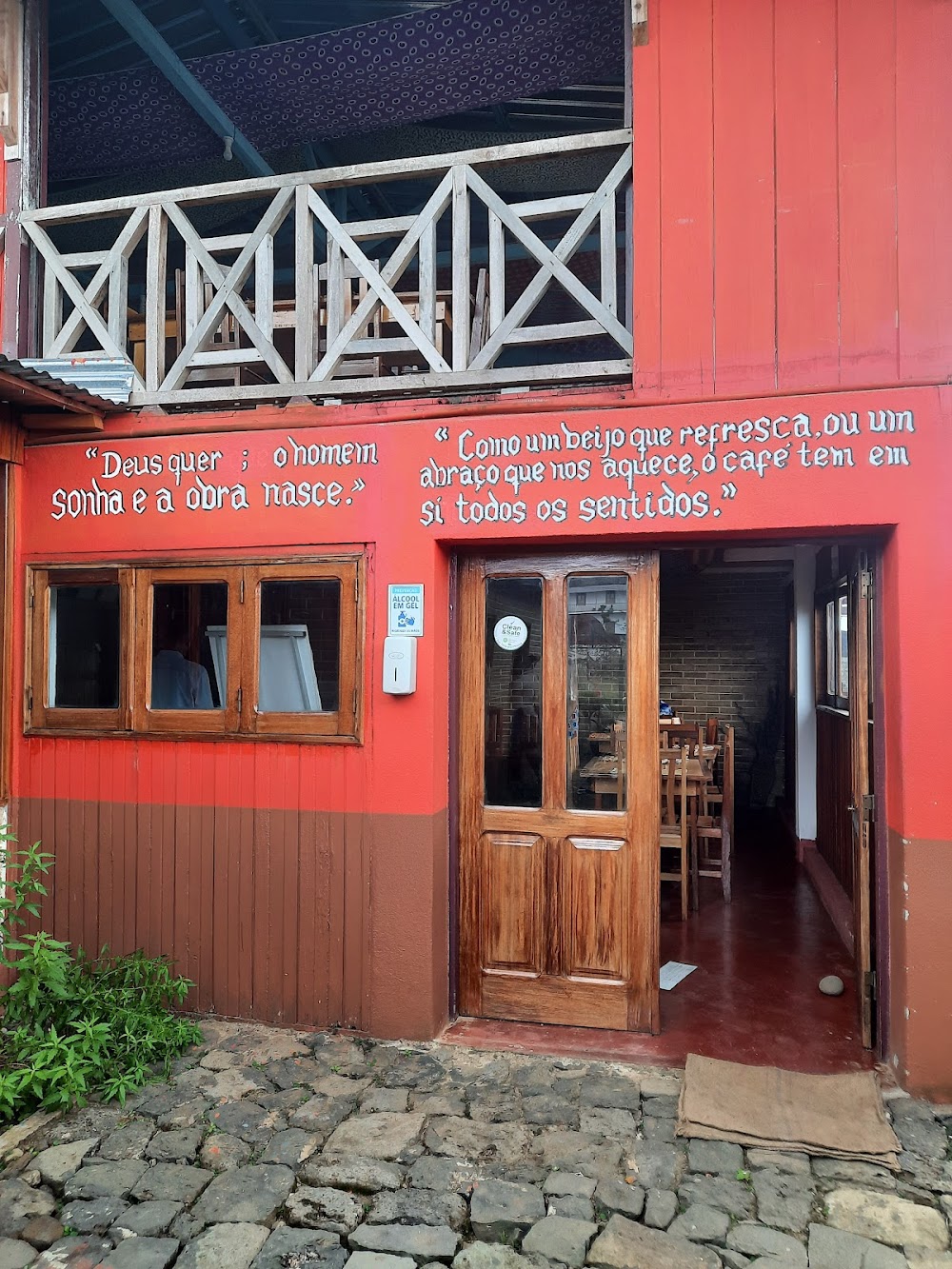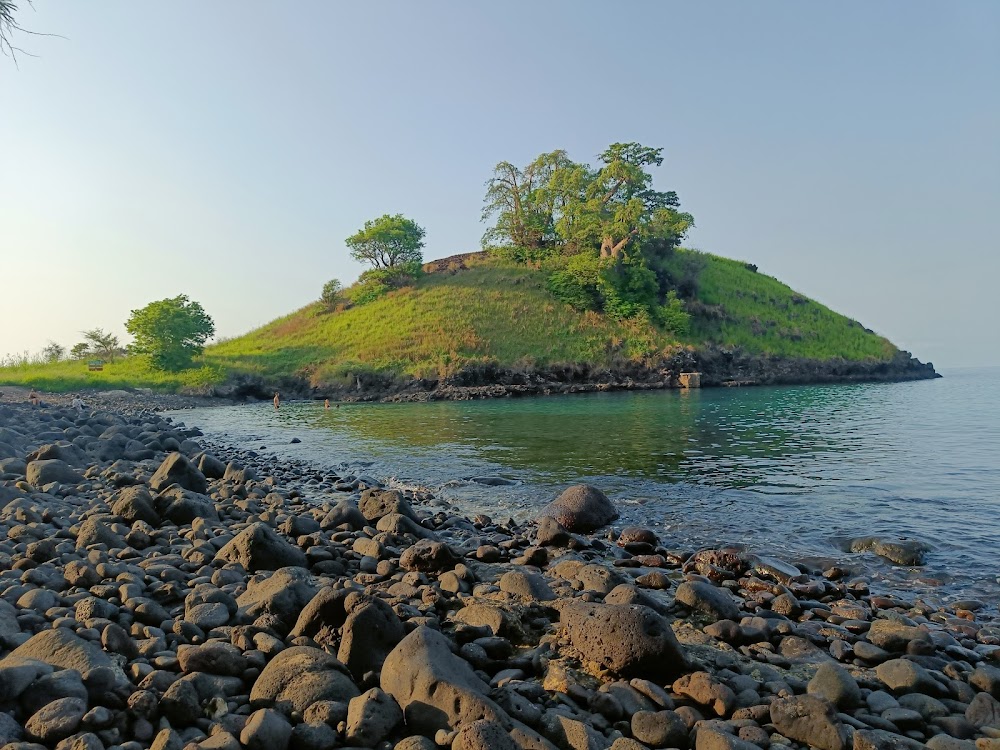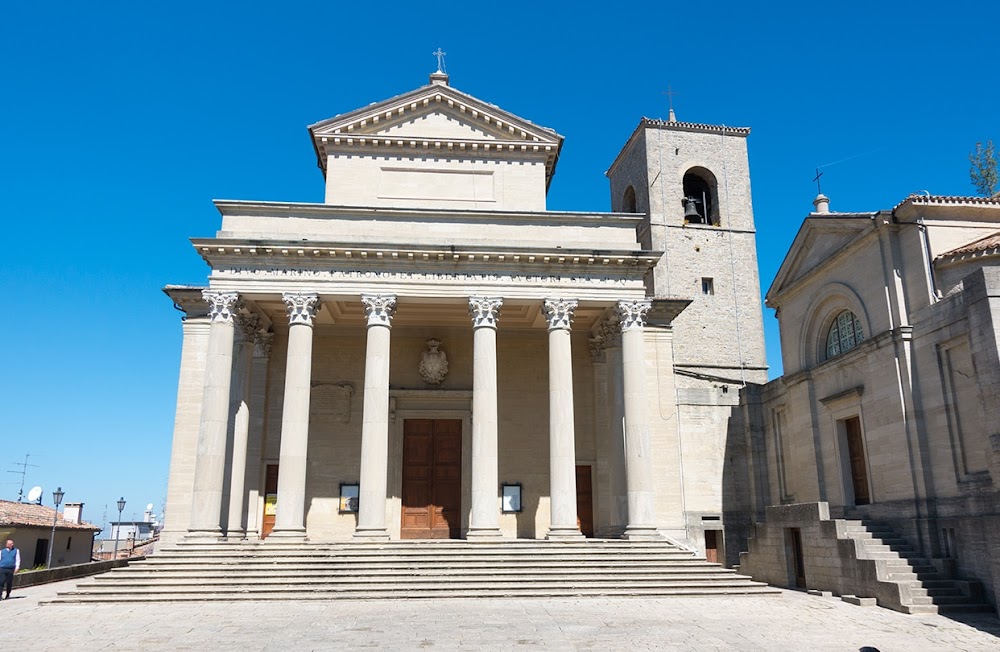Roça Monte Café (Roça Monte Café)
Overview
Monte Café: A Cultural and Historical Gem
Monte Café, locally known as Roça Monte Café, is a significant cultural and historical site nestled in the vibrant nation of São Tomé and Príncipe, specifically in the picturesque area of Acquaviva. As one of the oldest and largest coffee plantations in the country, it’s steeped in rich history and tradition, making it a must-visit destination.
The Origins of Monte Café
Established during the colonial era, Monte Café was founded by Portuguese settlers who sought to harness São Tomé and Príncipe's fertile volcanic soil and favorable climate. The plantation began its journey in the late 19th century, around the 1850s, and has since played a vital role in the region's agricultural heritage. The lush landscape allowed coffee plants to thrive, yielding high-quality beans that drew attention from coffee connoisseurs across Europe.
Building the Plantation
Creating Monte Café required clearing extensive forested land. The Portuguese settlers brought in expertise and labor from various parts of their empire, including Angola and Mozambique, to cultivate and manage the coffee fields. Laborers dedicated themselves to planting, maintaining, and harvesting the coffee crops under challenging conditions. The plantation's infrastructure, such as drying yards, processing mills, and living quarters for workers and overseers, was constructed using locally sourced materials like wood and stone, reflecting the region's natural resources.
Optimizing Coffee Production
The layout of Monte Café was meticulously designed to maximize coffee production. The coffee fields were arranged in large, terraced plots that climbed the hillsides, effectively utilizing natural drainage and sunlight. A central processing plant was established to streamline operations for hulling, drying, and packaging the beans for export. This facility became the heart of Monte Café, bustling with activity during the harvest seasons.
More Than Just a Coffee Plantation
Over time, Monte Café evolved into a self-sufficient community. The plantation included essential facilities such as a chapel, a school, and a medical center to support the workers and their families. These additions fostered a stable community around the coffee business, although life remained tough due to the demanding nature of the work and the hierarchical system imposed by plantation owners.
Challenges and Transformation
Throughout the 20th century, Monte Café faced various challenges, including fluctuating coffee prices and political changes. Following São Tomé and Príncipe's independence from Portugal in 1975, management of the plantation shifted to local control. The new government implemented land reforms and sought to revitalize the coffee industry by investing in improved farming techniques and fairer labor practices.
A Sustainable Future
Today, Monte Café stands as a testament to the resilience and enduring spirit of São Tomé and Príncipe. While coffee production continues, the focus has shifted towards sustainability and tourism. Many of the old buildings have been beautifully restored and repurposed to highlight the plantation's rich history. Visitors can stroll through the expansive fields, learn about traditional coffee processing methods, and indulge in fresh brews on-site.
A Window into the Past
The Monte Café estate offers a unique glimpse into the agricultural and colonial past of São Tomé and Príncipe, skillfully blending historical significance with modern needs. It has become as much a cultural landmark as an operational farm, attracting history buffs and coffee enthusiasts from around the world. Whether you're interested in the plantation's storied past or eager to taste its exquisite coffee, Monte Café promises an unforgettable experience.






